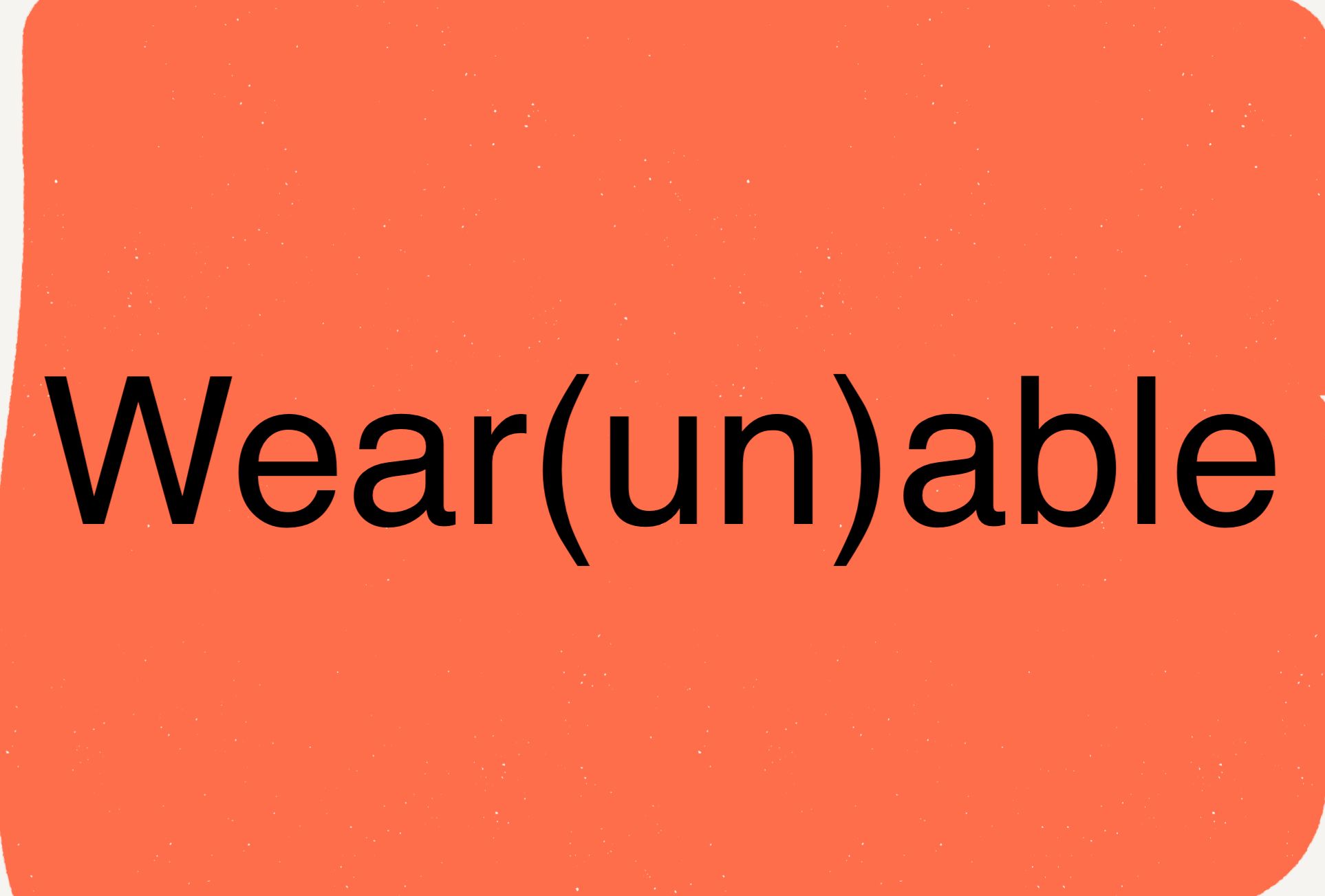The 2018 update to the Apple Watch received significant attention in the media primarily due to the integration of ECG capability. At launch it was supported by the American Heart Association (AHA), including AHA appearance on stage and a supportive quote on the press release [1]. The ECG and heart rate monitoring potentially allows for the detection of heart conditions across populations of users with an initial focus on atrial fibrillation (AF). The Apple Watch is not unique in this respect, there are a number of emerging health sensors being integrated in to wearable devices. Wearables for health management remains an unexplored area with no precedent and uncertain implications. How can a national healthcare system respond to wearables and what will be the potential implications for health inequalities?
How should we react?
Wearables generate huge amounts of data and there's practical challenges for gathering, storing and interpreting this data. But we must also ask: what’s the appropriate response to having this information? - it’s not clear how this information should be used. Professor Martin Marshall's recent article in the BMJ [2] explored that there is no internationally agreed consensus to govern how we develop criteria for a disease. Is the existing AF criteria good enough to be used in a world of wearables? Is the diagnosis from a wearable trustable enough so we can conclusively determine that all of the people flagged with AF have AF? Patients are classified as having pre-diabetes, should we use wearables to flag pre-AF? When we come to a consensus on these questions then there are more questions - what should be the response? Do we medicate on a wide scale? Do we refer increasing numbers to an overwhelmed and costly secondary care for testing? What are the implications, not just finacial, but to the person, system and public?
One fundamental misconception is that the public believe medicine has answers to these questions but the truth is - there is still a lot we don’t know. We often fail to communicate with the public effectively which results in a wide canyon between expectation and actual action.
Widening Health Gap
The number of wearable technologies doubling as health devices is increasing and they are not cheap. The high cost potentially means these wellbeing devices are not readily available to the most socio-economically disadvantaged, will wearables cause the health gap between wealthy and poor to widen? There is potential for it to be worse than this.
As we see for cheap laptops, adverts and software come pre-loaded to subsidise the cost to make them cheaper. Today you can buy a Amazon Kindle which is cheaper because it displays adverts that are personalised to you [3] using the information Amazon knows about you. Similarly tracking software on wearables can potentially share data on the wearer. Devices that have pre-loaded software and capture user data for personalising and targeting messaging are existing business models that could be used to subsidise wearables. This would lower costs and make wearables accessible to low income and socio-economically disadvantaged populations.
Wearables have access to new sources of information that were previously inaccessible e.g. elevated heart rate in response to stimuli. Now in theory you can use wearables to track responses to adverts or media which can improve the personalisation, targeting and engagement of other adverts, media and software. Wearers of subsidised wearables could be more easily targeted with more accurate personalisation and potentially are more likely to be influenced. The subsidised wearable business model means the value is in the information on the wearer to enable better targeting. The more impact from the data the greater it's value. This incentivises more engagement or purchases. Engagement across multiple devices can increase inactivity - which has associated increasing risk factors. Social media platforms combine notifications and personalised content to keep you on the platform. Additionally, there’s potential to influence decision making and even mood [4]. Could this mean low income populations are more at risk of having personalised and highly targeted media and adverts which could increase non-communicable diseases?
In 2018 a new data protection law came into force across the EU - General Data Protection Regulation (GDPR) [5]. It encourages transparency and user choice in how a persons data is used. There’s potential for GDPR to limit or minimise personalisation and the use of information so the above scenario may in reality be restricted. But if a person opts in to a subsidised wearable and agrees to having their personal data used for personalised communications then it most likely will still be permissible. Many of the principles in GDPR legislation are still to be tested so we don't know what will and won't be permitted.
Cost is an important factor in making technology accessible but it's important to recognise business models and incentives are equally if not more important. The cost divides access between those of differing socio-economic backgrounds but business models, as outlined above, could actively exacerbate inequalities. We need to consider both when looking for potential negative impacts of innovations on the health of the public. We could find technologies such as wearables actively widening inequalities when we believe the technology is being made equally available.

